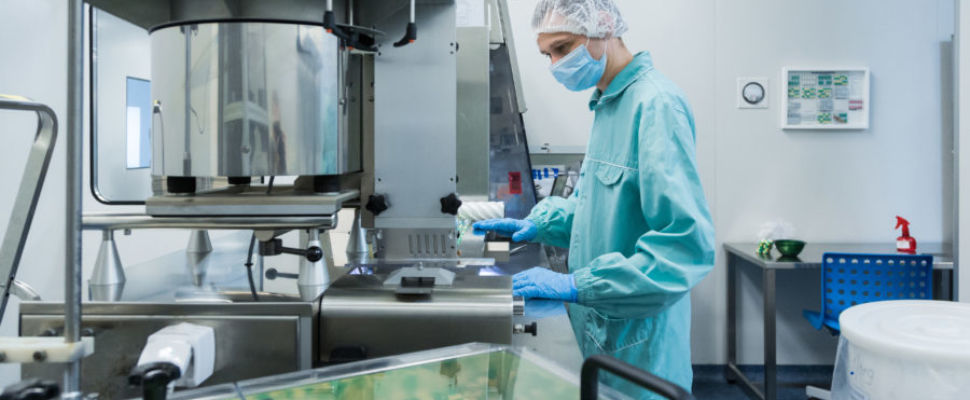Antibiotics: Responsibly Making the Drugs Society Needs
This article was published in Pharma Boardroom on 13 November 2019. Opinion by Steve Brooks, Advisor to the AMR Industry Alliance.
Steve Brooks outlines the threat that antimicrobial resistance (AMR) poses to global health, how antibiotic manufacturing may be a contributing factor to AMR and how responsible manufacturing processes can minimize any such contribution.
“The causes of antimicrobial resistance are numerous, from over prescribing to overuse in agriculture. But what if the very process of making these miracle medicines could be a contributing factor?”
The introduction of antibiotics in the 1930s and 1940s has enabled us to live longer and healthier lives, to defeat infections that were once common killers, and helped ensure that ground-breaking surgery like transplants, C-sections and hip replacements can be performed with minimal infection risk. However, the continued effectiveness of antibiotics is being seriously threatened as bacteria evolve resistance to many of our trusted antibiotic medicines. The causes of antimicrobial resistance are numerous, from over prescribing to overuse in agriculture. But what if the very process of making these miracle medicines could be a contributing factor? There are many routes for antibiotics to get into the environment and potentially increase resistance, and wastewater, whether from antibiotic manufacturing or society in general, is one that, in theory at least, we should be able to control.
Economic imperatives have resulted in the production of the common (generic) drugs (including antibiotics) and their pharmaceutical ingredients being concentrated in a small number of countries, including centres of low-cost manufacturing such as India and China. Of course, the world needs cost-effective antibiotics, especially when one considers that more people die from a lack of access to antibiotics than from antimicrobial resistance. However, reports have highlighted concerns about environmental infrastructure (including regulatory controls) and conditions, and have focused on the presence of antibiotics in the environment close to manufacturing facilities in India and China. It is believed bacteria in the local environment may develop resistance as a result.
Specific proposals for tackling the manufacturing–environment pathway for antibiotics have been lacking from most international frameworks for action against AMR. In part, this might be because the problem is more complex than it first appears, requiring coordinated action at the technical level on the supply side, married with policy action on the demand side to arrive at a long-term, sustainable solution. Fortunately, a timely new publication from the AMR Industry Alliance aims to demystify the problem and its solutions from the perspective of manufacturers.
Making antibiotics responsibly: a common manufacturing framework to tackle antimicrobial resistance, has a dual purpose. First, it sets out in simple terms the importance of minimizing the risk of emissions from antimicrobial manufacturing. Second, it sets out a common framework for responsible antibiotic manufacturing that draws on the extensive work done by Alliance members since 2016, when 13 leading members signed the AMR Industry Roadmap committing them to reduce the environmental impact of antibiotics production and promote best practice across the wider industry.
Central to this effort has been the development of safe emission thresholds (termed predicted no-effect concentrations, or PNECs) at which approximately 120 of the most common antibiotics can be discharged into watercourses. These safe discharge thresholds were published after peer-review, and are based on shared industry data and data in the scientific literature. These feed into the overall goal of the framework to ensure the effective management of pharmaceutical waste to minimize conditions that may increase the development and spread of resistant bacteria. The framework sets out minimum standards across regulatory compliance; environment, health and safety management systems; training; waste and emissions; and site audits that, crucially, apply not only to manufacturing sites owned or managed by alliance members, but also extend to all their suppliers.
All AMR Industry Alliance members that supply antibiotics on a commercial basis are required to report their progress in implementing the framework every two years. In fact, the Alliance has published its work to encourage more widespread adoption of the standards that its members have committed to work towards meeting. And the Alliance will continue to reach out to other manufacturers to join its ranks, or simply to commit to implementing these new “industry standards” to ensure the continued supply, through responsible manufacturing, of the antibiotics that the world so critically needs.

